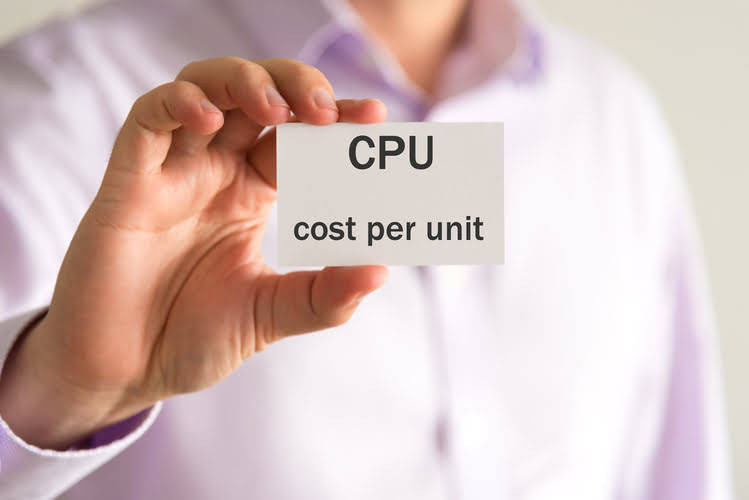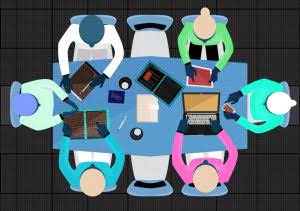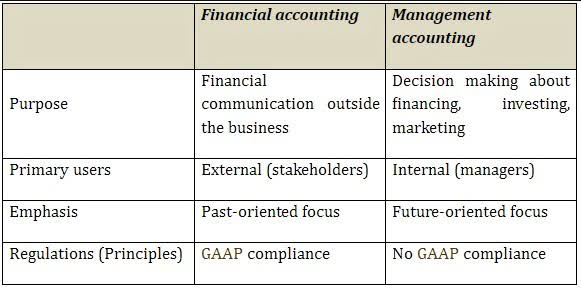
Current assets include cash, accounts receivable, inventory, and other assets that are expected to be converted into cash within a year. Current liabilities encompass short-term obligations such as accounts payable, short-term debt, and other liabilities due within the next 12 months. Working capital is calculated from the assets and liabilities on a corporate balance sheet, focusing on immediate debts and the most liquid assets.

Net Working Capital Formula

The higher cash balance will result in additional liquidity at least temporarily. The current ratio will change slightly depending on the amount of the current assets and the current liabilities. Financial ratios like the current ratio and the quick ratio are law firm chart of accounts also used to assess the working capital of a company. The current ratio is calculated by dividing current assets by current liabilities, while the quick ratio is calculated by dividing the sum of cash, accounts receivable, and short-term investments by current liabilities. Simply put, it is the difference between a company’s current assets and its current liabilities.
Inventory turnover ratio

It is calculated as the difference between current assets and current liabilities. If the current assets exceed the current liabilities, the company has positive working capital; if the current liabilities exceed the current assets, the company has negative working capital. Working capital management is a crucial aspect of any business that involves managing the short-term financial bookkeeping health of the company.
Liquidity

A third factor influencing the required amount of working capital is the company’s ability to borrow money. For working capital ratio meaning example, a company with a preapproved line of credit that can be used when needed allows the company to operate with a smaller amount of working capital. Days working capital is how many days it takes a company to convert working capital into revenue. A lower DWC typically suggests a more efficient WCM since it means the company needs less working capital to generate sales. Therefore, the working capital peg is set based on the implied cash on hand required to run a business post-closing and projected as a percentage of revenue (or the sum of a fixed amount of cash). Generally speaking, the working capital metric is a form of comparative analysis where a company’s resources with positive economic value are compared to its short-term obligations.
How to calculate working capital ratio
- Therefore, you should always consult with accounting and tax professionals for assistance with your specific circumstances.
- Our content is not intended to provide legal, investment or financial advice or to indicate that a particular Capital One product or service is available or right for you.
- Take for example a company that sells high demand products on its website with customers paying with credit cards at the time they place an order.
- Next period (when it is earned) a journal entry will be made to debit the liability account and to credit a revenue account.
- If the revenues earned are a main activity of the business, they are considered to be operating revenues.
The operating cycle is the number of days between when a company has to spend money on inventory versus when it receives money from the sale of that inventory. Most companies aim for a ratio between 1.2–2.0 since this shows the company has good liquidity but is not wasting money by holding on to cash or cash-like instruments that are not generating revenue. Working capital management relies on the efficient management of the cash conversion cycle, which is the relationship of key activities that can be viewed through financial ratios. This focus also keeps the amount of time required to convert assets to a minimum, which is known as the net operating cycle or the cash conversion cycle.
- Therefore, the seller may try to reduce working capital by accelerating collections or delaying payments to vendors.
- Crowdfunding originates in the artistic sector for financing various creative projects in the fields of music, film, theater, and art.
- Current liabilities include trade payables, accrued liabilities, taxes payable, and the current portion of long-term debt.
- Forecasting helps estimate how these elements will impact current assets and liabilities.
- If, on the other hand, a company has a negative working capital number, then it does not have the capacity to cover all of its short-term debts or cash needs using its current assets.
This company may have very little in working capital, but it may have the liquidity it needs. The net working capital (NWC) metric is different from the traditional working capital metric because non-operating current assets and current liabilities are excluded from the calculation. To further complicate matters, the changes in working capital section of the cash flow statement (CFS) commingles current and long-term operating assets and liabilities. One common financial ratio used to measure working capital is the current ratio, a metric designed to provide a measure of a company’s liquidity risk. Given a positive working capital balance, the underlying company is implied to have enough current assets to offset the burden of meeting short-term liabilities coming due within twelve months. If your working capital is negative, or very limited, it means you’re not generating enough cash through your operations to pay your current liabilities.

Financing
A business with sufficient working capital can easily secure lines of credit and loans, as it has the ability to repay them. In contrast, a company with inadequate working capital may struggle to secure lines of credit and loans, leading to limited growth opportunities. A business with adequate working capital can maintain optimal inventory levels, avoid excess inventory, and reduce holding costs. In contrast, a company with inadequate working capital may struggle to manage inventory levels, leading to excess inventory, higher holding costs, and reduced profitability. It is the lifeline of any company, as it helps in meeting short-term obligations and keeping the operations running. In this section, we will discuss the impact of working capital on various aspects of business operations.

 Hotline hỗ trợ 24/7:
Hotline hỗ trợ 24/7: Thời gian mở cửa:
Thời gian mở cửa: